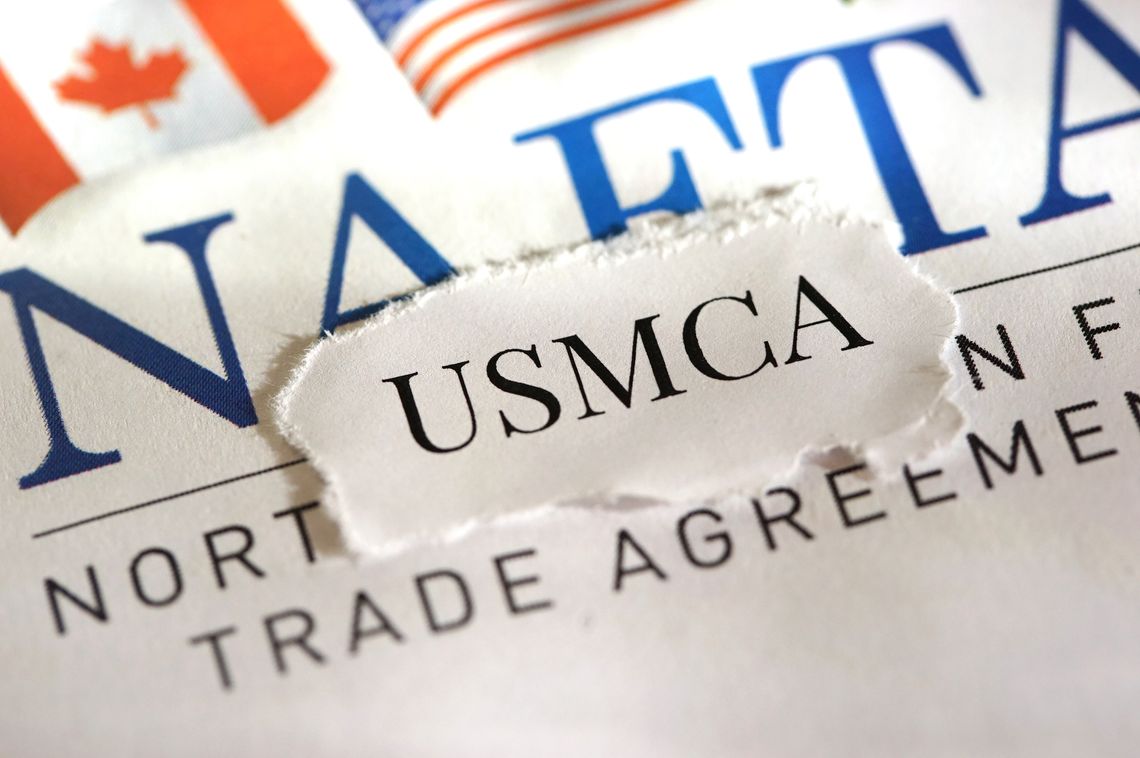On December 8th, 1993, President Bill Clinton signed the original North America Free Trade Agreement (NAFTA) agreement into Law. The most important free trade agreement of the 20th century was signed one year before Amazon was founded and well before cross border ecommerce started to boom. There was no mention of digital goods or ecommerce because we were at the dawn of this ecommerce era. The pre-Internet era free trade agreement needed a refresh to reflect the new realities of the interconnected world.
Almost twenty five years later, on November 30, 2018, Canada, the USA, and Mexico signed the new United States-Mexico-Canada Agreement (USMCA) aka “the new NAFTA”. Earlier in 2020, the updated agreement was ratified by all three countries and despite lobbying to delay implementation due to COVID-19, is set to go live on July 1st, 2020.
The agreement impacts cross-border ecommerce with Canada and Mexico in a big way:
What changes?
Increase of de minimis
The de minimis is the threshold exempting imports from tax or duty charges. Simply put, goods below the de minimis for each country can be imported free from duty and/or taxes.
For example, prior to the new NAFTA coming into effect, if a shipment were valued at $20 CAD, it is below the postal de minimis and will not be assessed for duties and taxes. However, if a parcel is valued above $20 CAD, it can be assessed by Canada Post (where they also slap on an additional service fee of $9.95 handling fee to inspect your parcel).
To facilitate greater cross-border trade, the US negotiated to have Mexico and Canada raise their de minimis shipment values levels. This will be the first time in decades that Canada will be raising their de minimis.
Change in De Minimis on Duties for US to Canada shipments
OLD (prior to July 1, 2020):
- $20 CAD / $15 USD for postal and non-postal
NEW (in effect as of July 1, 2020):
- $150 CAD / $107 USD for duty relief for non-Postal shipments (NEW)
- $20 CAD / $15 USD for postal shipments (unchanged)
Change in De Minimis on Taxes for US to Canada shipments
OLD (prior to July 1, 2020):
- $20 CAD / $15 USD for all postal and non-postal
NEW (in effect as of July 1, 2020):
- $40 CAD / $29 USD for tax and duty relief for non-Postal shipments (NEW)
- $20 CAD / $15 USD for postal shipments (unchanged)
As a point of reference, the US raised its de minimis from $200 to $800 in 2016.
USPS Excluded from the Raised De Minimis
The New NAFTA agreement creates a confusing system that treats postal and private carrier shipments differently. If you note above the new de minimis for Canada does not apply to Postal Shipments. Integrated carriers waged a strong lobbying campaign to restrict the new de minimis to only private carriers, arguing that since some Postal shipments already do not get assessed for duties and taxes, excluding the post will recalibrate the market.
How do you take advantage of this new program?
There are three key steps to taking advantage of the tax and duty free shipping to Canada:
- Find an international shipping company that will ship via a private courier service but also is a partner of the USPS. The right shipping mix to Canada typically involves a postal service where duties and tax are prepaid coupled with a private carrier delivered duty paid (DDP) service
- Ensure that your international shipping carrier can ship via the Low Value Shipment Program. This means you don’t need to have a Canadian business number or registration and that you can ship via 3rd party’s registration.
- Add terms and conditions to you website that state the the Canadian consumer is the Import of Record that their duties and taxes will be covered at the border and no further duties and taxes will be due.




